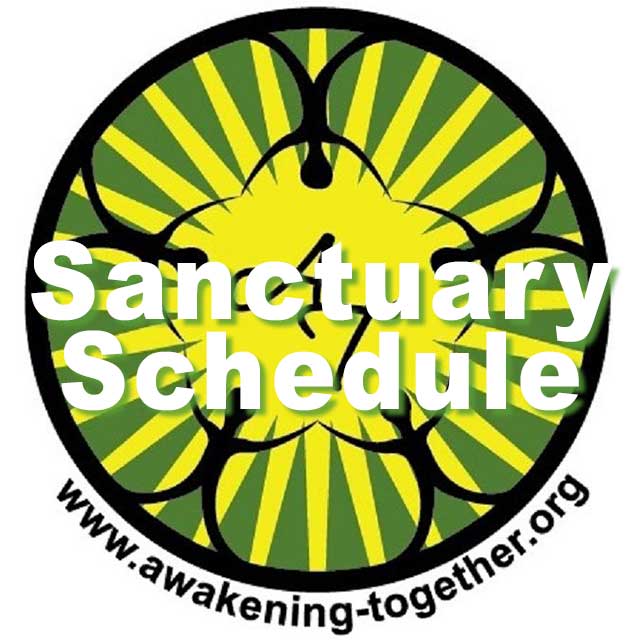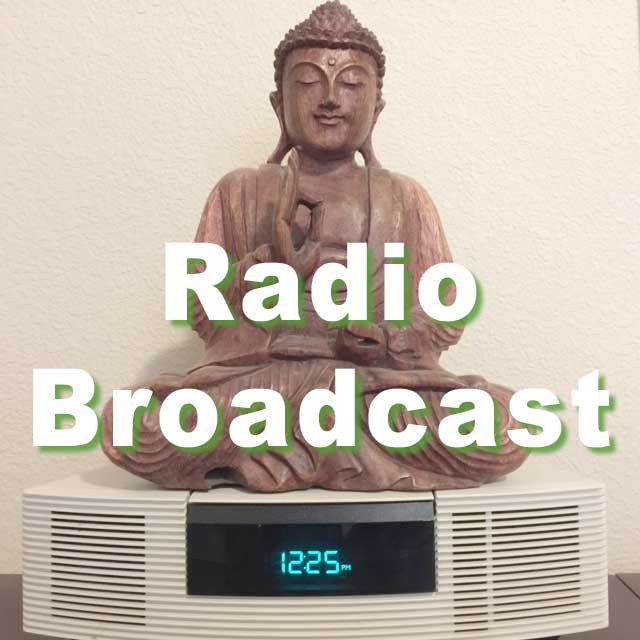Anne Blanchard and Kate Brennan provide a brilliant demonstration of how to practice the teachings in The Holy Spirit’s Interpretation of the New Testament from NTI Luke, Chapter 12.
Classic Audio #15: Living Discernment 2 – Based on the Tao Te Ching
From April 2016, My Talk from the ACIM Conference in Las Vegas
Follow-Up to this Talk,
Prompted by a Question About the Talk
Classic Audio #14: Living Discernment – The Basics
Classic Audio #13: Letting Go of the ‘I am bad’ Belief
Classic Audio #12: Root Cause Inquiry
From May 2014, Root Cause Inquiry
Handout – Guidelines for Root Cause Inquiry
Guidelines for Root Cause Inquiry:
- It is best to do it as a journaling process. It can be helpful to start with a prayer inviting inner spiritual wisdom and discernment (the Holy Spirit) into this inquiry.
- The starting point is an emotional upset.
- Begin by accepting, “I am always upset because of a belief in my mind,” and be willing to see the root cause of this upset, something that may not be at all apparent now.
- First question to ask is: Why do I feel ? Fill in the blank with the emotional upset. For example, Why do I feel angry? Why do I feel hurt? Why do I feel guilty? Why do I feel embarrassed? etc.
- If you aren’t sure what you are feeling, start by asking, “How am I feeling?” or “How does this make me feel?” It is helpful to identify the best description of the feeling before beginning the journaling process. You can look at a list of feelings online and see what resonates. Here’s one list that may be helpful. Scroll down on the webpage to find the list of upset feelings: http://eqi.org/cnfs.htm
- The first answer to the question points to the first level of belief. It could be called “the story.” For example, “I feel angry because he didn’t call when he said he would!” This is the starting point, because the story is the first level of belief. However, the process of Root Cause Inquiry will take us beyond the first level of belief to a deeper level.
- Once you’ve looked at the first level of belief, you have to bring an assumption into the process in order for the process to work. The assumption is, “If my mind was perfectly healed, nothing would upset me, not even this.” Then you ask, “So why does this upset me?” Your question can be more specific. For example, “Why does it bother me that he didn’t call when I expected him to?”
- At this point an answer will come that begins to point toward your perception and beliefs. If the answer that comes points outward at someone else, try again. For example, if the answer is “Because he doesn’t care about me,” that answer points outward toward “him”. Remind yourself that you are looking for the ideas in your own mind that are causing the upset. Say something like, “I am always upset because of something in my mind. So, why does it upset me that he didn’t call when I expected him to?” This refocuses the attention inward. The answer may come back as “I am upset because I feel like he doesn’t care.” That is pointing inward instead of outward, so that answer is moving in the right direction.
- With each inward pointing answer that comes, ask another question that will point further inward. A common question that can continue to be asked is, “And why does that upset me?” Always we are assuming that it wouldn’t upset me if the mind w as healed, so we are looking for the root unhealed idea that is causing the upset. So for example, if I have identified I upset because I feel like he doesn’t careabout me, I might ask, “Why does that upset me?” The answer might come, “I feel shame.” At this point I have identified something that is all about me and my thoughts. There is no ‘other’ in this thought. This means I am getting very, very close to the root belief that is upsetting me. This belief was triggered by the outward event, but not caused by the outward event. I may also feel a deep emotion at this point that is different than the beginning emotion. The beginning emotion may have been a defense mechanism, a cover up, hiding this raw emotion. I may have felt ‘anger’ and now I feel ‘shame’. This is the more honest feeling.
- Even at this level, it is helpful to look and see what is deeper. So now I can ask, “Why do I feel shame?” For some, this won’t work at this point. The mind is anxious to escape so it will run back to the story-level, back to “he did it!” If so, the question needs to be refocused. I need to remind myself I am looking inward for a belief that is causing this shame. So if “why’ questions don’t work at this point, try another inward probing approach like, “When I feel shame, what am I believing about myself?” The answer could come up in any set of words from “I am ugly” to “I am unlovable.” If there is form in the answer, like “I am ugly”, ask, “How does the idea that ‘I am ugly’ make me feel?” That may go to the next level of belief, which is before form … I am unlovable (or something similar).
- When you feel you have uncovered the true cause of the upset, which is always a belief in your mind that has nothing to do with the story or form, you can look back at the original belief which was the story. You should be able to see that the first level of belief was not the real cause of your upset. For example, you should be able to see that you weren’t upset because he didn’t call. You were upset because you believe you are unlovable. It should be clear to you that the story just triggered the deeper belief.
- Now sit with the root belief and the feelings that are present with it. Realize this is an interpretation that you put on the story. You are the one that has decided ‘this event means this about me’. Also realize that you have been teaching yourself this belief for a very long time, interpreting many events to have this same meaning, and that is why it feels so strong in you. It doesn’t feel strong because it is true; it feels strong because it has been heavily reinforced through your interpretation of events.
- When you have accepted responsibility for the interpretation as the interpreter, Rest, Accept and Trust with the root cause until it passes. Realize that if this is a deeply reinforced root belief, you may see it many, many times before it is healed and the feeling of upset may become greater before it disappears. This is because you are bringing it out of the subconscious into awareness. Therefore, it often feels like it is getting bigger when in actuality it is coming out to be healed.



